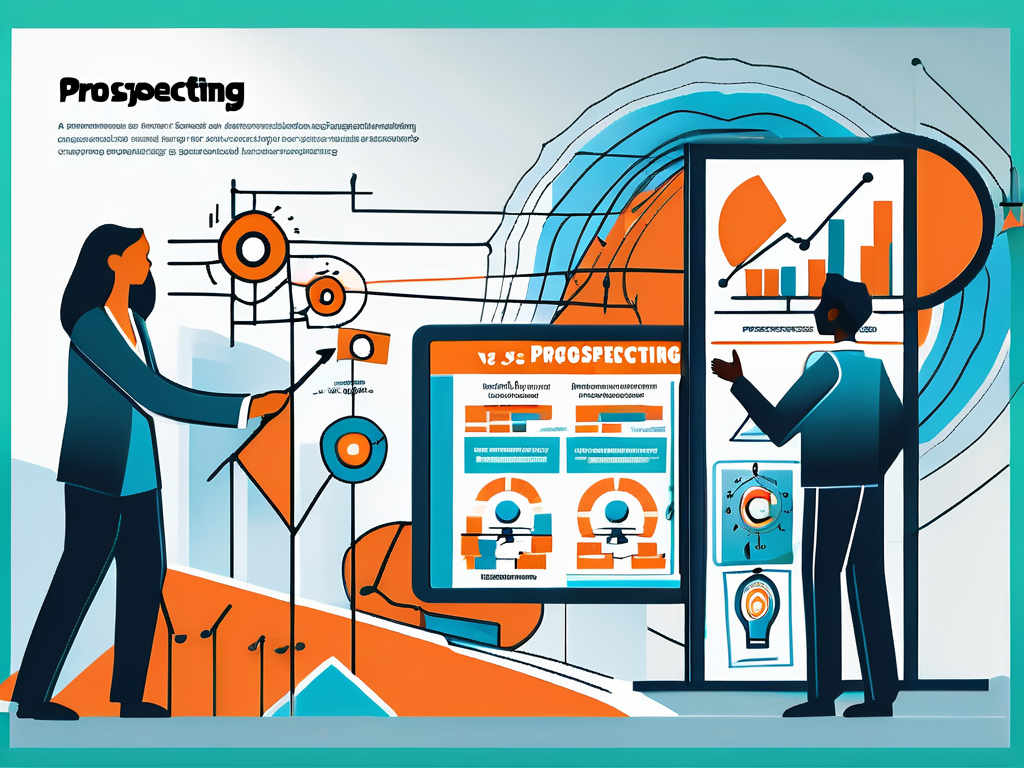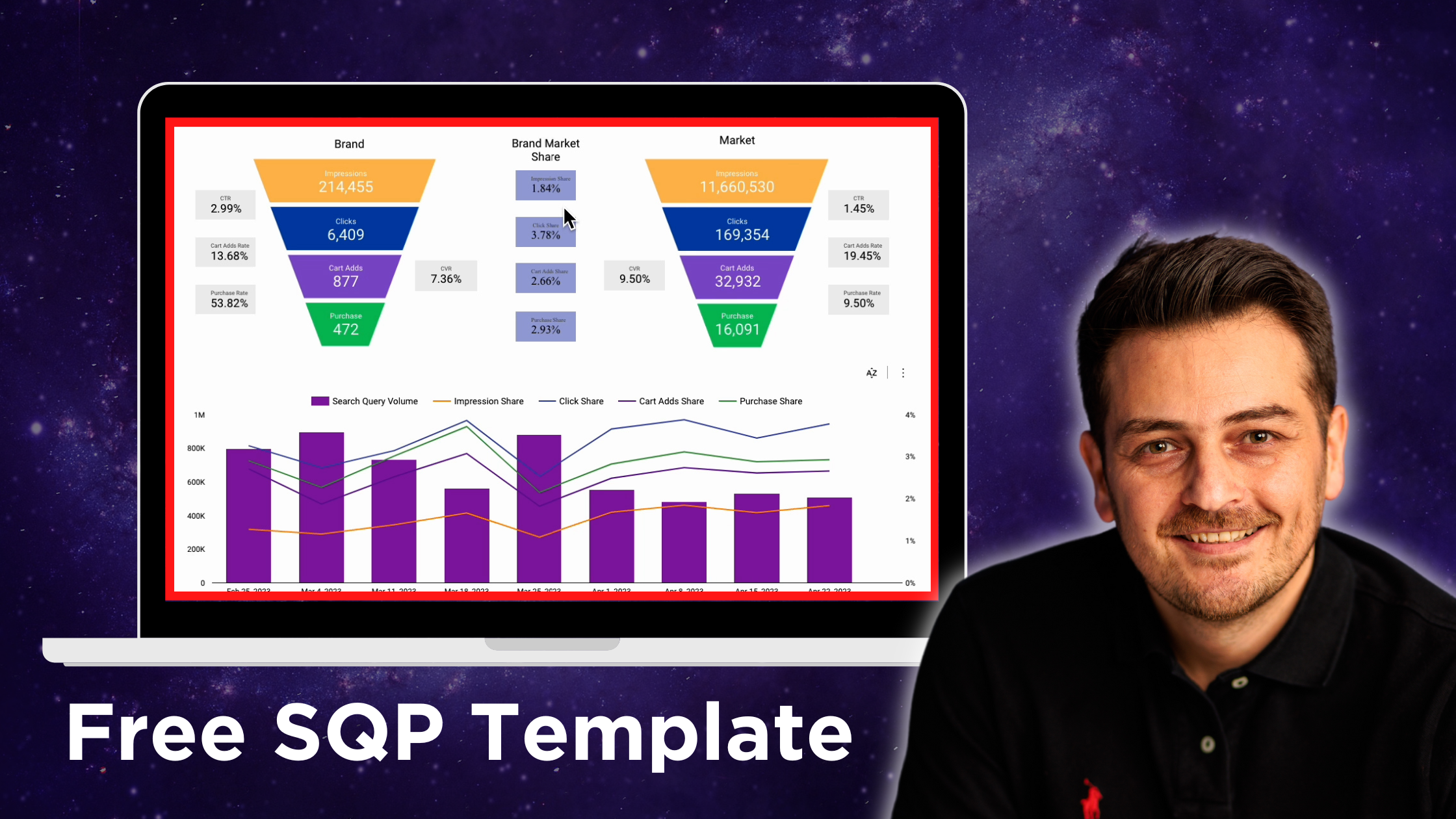With millions of potential customers browsing online marketplaces like Amazon, it is crucial for brands and sellers to leverage effective advertising formats to reach their target audience. Amazon, being the e-commerce giant that it is, offers various advertising formats that provide ample opportunities for businesses to promote their products and increase their visibility. In this article, we will explore the different Amazon advertising formats and delve into their unique features and advantages. Whether you are an experienced seller or just starting your journey on Amazon, understanding these formats will empower you to make informed choices in your advertising strategy.
Subscribe for More Expert E-Commerce Insights!
Sponsored Products: Automatic vs. Manual
When it comes to promoting individual products on Amazon, the Sponsored Products format provides an excellent opportunity for sellers to grab the attention of potential customers. Sponsored Products allow you to display your ads next to relevant search results or on product detail pages. One of the decisions you will need to make when setting up your Sponsored Products campaign is choosing between automatic and manual targeting.
The automatic targeting option allows Amazon’s algorithm to determine where your ad will appear, based on keywords and product attributes. This can be a good starting point, especially for sellers who are new to advertising on Amazon. However, if you want more control over your ad placements and a higher degree of customization, manual targeting is the way to go.
By selecting manual targeting, you have the freedom to choose specific keywords, ASINs (Amazon Standard Identification Numbers), or product categories to target. This can help you refine your advertising strategy and focus on the most relevant audience for your products. Additionally, manual targeting allows you to adjust bids for individual keywords or products, ensuring that your ad spends are optimized for maximum ROI (Return on Investment).
Moreover, manual targeting enables you to conduct A/B testing more effectively. By targeting specific keywords or products, you can run experiments to see which strategies yield the best results. This iterative approach to advertising can help you fine-tune your campaigns over time, leading to improved performance and higher conversion rates.
Another benefit of manual targeting is the ability to leverage negative keywords. By excluding certain keywords that are not relevant to your products, you can prevent your ads from showing up in irrelevant searches. This helps you focus your ad spend on customers who are more likely to convert, ultimately improving the efficiency of your advertising efforts.
Sponsored Brand: Headline Ads vs. Product Collection
For brands looking to create more impactful campaigns and increase brand awareness, the Sponsored Brand format is an ideal choice. Sponsored Brand allows you to display your ads in prominent positions at the top of search results and on relevant product detail pages. This format offers two sub-types: Headline Ads and Product Collection.

Headline Ads in Sponsored Brand format consist of a custom headline, logo, and a selection of your products. They provide a visually appealing and engaging way to showcase your brand to potential customers. Using Headline Ads, you can effectively communicate your brand message, highlight key product features, and drive traffic to your brand’s storefront or product listing pages.
Product Collection Ads, on the other hand, present an opportunity to showcase a collection of your products in a visually appealing manner. By displaying multiple products, you can entice potential customers with a range of options that align with their needs and preferences. Product Collection Ads can be highly effective in boosting brand visibility, increasing conversions, and driving sales.
When it comes to Headline Ads, the custom headline is a crucial element that can capture the attention of shoppers browsing through search results. Crafting a compelling headline that resonates with your target audience is key to driving clicks and conversions. Additionally, the logo included in the ad serves as a visual representation of your brand, helping to establish brand recognition and trust among consumers.
On the other hand, Product Collection Ads offer a unique advantage by allowing brands to showcase a curated selection of products that cater to different customer preferences. This format enables brands to tell a visual story through their product offerings, creating a cohesive and immersive shopping experience for potential customers. By strategically arranging products in a collection, brands can guide shoppers towards making informed purchase decisions based on their individual preferences.
Sponsored Display: Retargeting vs. Prospecting Ads
To reach a wider audience and encourage repeat purchases, the Sponsored Display format comes into play. Sponsored Display ads are designed to appear both on and off Amazon, allowing you to engage potential customers as they browse other websites and apps. This format is incredibly versatile and provides two distinct options: retargeting and prospecting ads.

Retargeting ads in the Sponsored Display format enable you to re-engage customers who have previously interacted with your brand or products. By strategically showcasing your ads to customers who have shown interest in your offerings, you have the chance to remind them of your brand and encourage them to make a purchase. Retargeting ads can significantly increase your brand’s visibility and conversion rates.
Prospecting ads, on the other hand, expand your reach beyond existing customers and target new audiences who may be interested in your products. These ads utilize Amazon’s algorithms to identify potential customers based on their browsing behavior and purchase history. By uncovering new opportunities and introducing your brand to untapped markets, prospecting ads can help you find and convert new customers.
When it comes to retargeting ads, it’s important to consider the timing and frequency of your ad placements. Showing your ads too frequently may lead to ad fatigue, causing potential customers to ignore or become annoyed by your brand’s presence. On the other hand, strategic retargeting at key moments in the customer journey, such as after they have viewed a specific product or added items to their cart, can effectively nudge them towards completing a purchase.
In contrast, prospecting ads rely on Amazon’s vast pool of customer data to identify new audiences that align with your target market. By leveraging machine learning and predictive analytics, these ads can help you discover hidden pockets of potential customers who share similar characteristics with your existing customer base. This data-driven approach not only expands your brand’s reach but also allows you to tailor your messaging to resonate with different audience segments, ultimately driving higher engagement and conversion rates.
Conclusion
Amazon offers a diverse range of advertising formats to cater to the unique needs of businesses on its platform. By understanding these formats, you can tailor your advertising strategy to effectively reach your target audience and drive sales. Whether you choose Sponsored Products, Sponsored Brand, or Sponsored Display, each format brings its own distinct advantages. Experiment with different formats, monitor the performance of your ads, and continuously refine your strategy. By utilizing the power of Amazon advertising, you can position your brand for success in the highly competitive online marketplace.

Want to Stay Ahead in Amazon?
Join Prime Times for weekly updates on Amazon, e-commerce trends, and advertising strategies from industry leaders. Sign up now to supercharge your business!





